Past Photographic Processes and Free Huge Set of Vintage Film Lightroom Presets!
Here are some examples of photos processed with the presets:
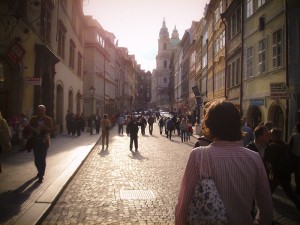
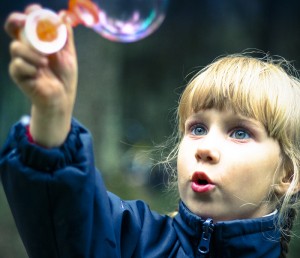
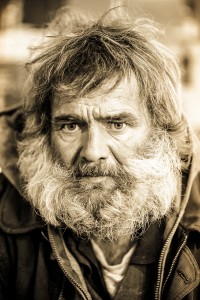
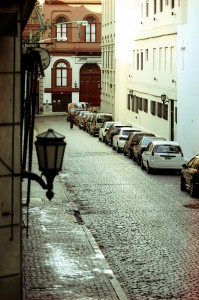
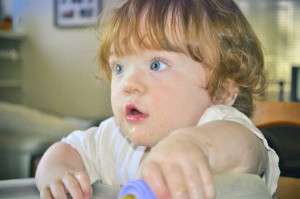
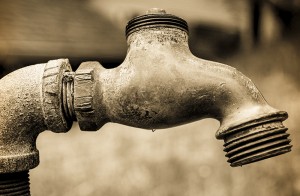
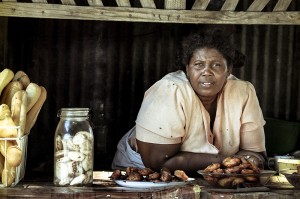
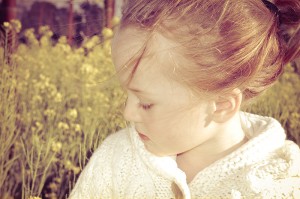
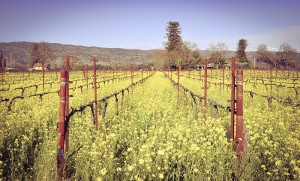
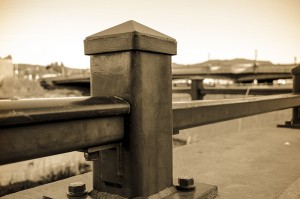
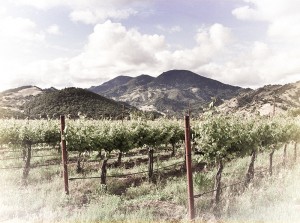
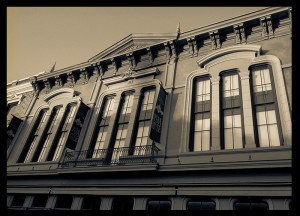
Past Photographic Processes
Camera Obscura – Pinhole
The first known camera, the pinhole camera, was invented around 1000 AD. It was called the Camera Obscura and was invented by a Muslim scientist named Alhazen (Ibn Al-Haytham). Amazingly, the Camera Obscura was used mainly for drawing purposes until 1827, when the first photographic print was made by Joseph Nicephore Niepce. These first prints, called “sun prints”, required 8 hours of exposure to appear before they slowly faded away.
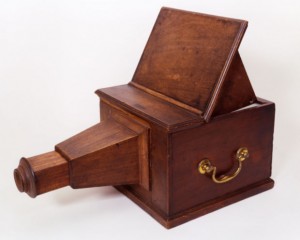 Camera Obscura
Camera Obscura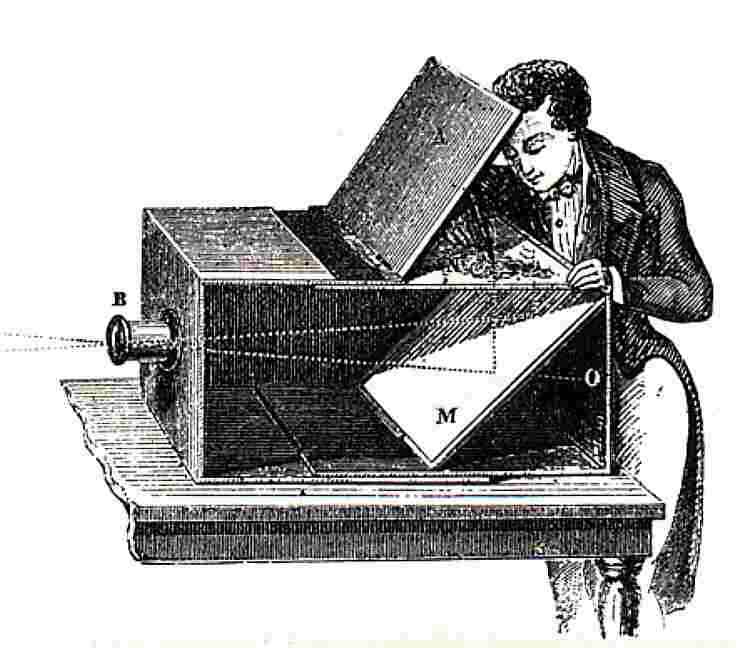 Camera Obscura
Camera ObscuraTo this day, despite the wide availability of cheap digital cameras, pinhole cameras are still made by curious and experimental photographers. Also, with the resurgence of vintage photography, there are some commercially available pinhole type cameras available. Lomography.com has some interesting selections, but you can easily make a pinhole camera at home. Here is a helpful article called 23 Pinhole Cameras That You Can Build At Home.
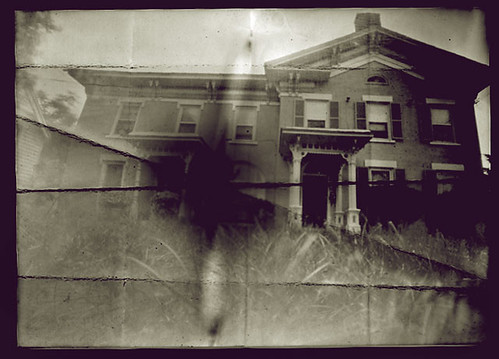 Modern Pinhole Experiment
Modern Pinhole Experiment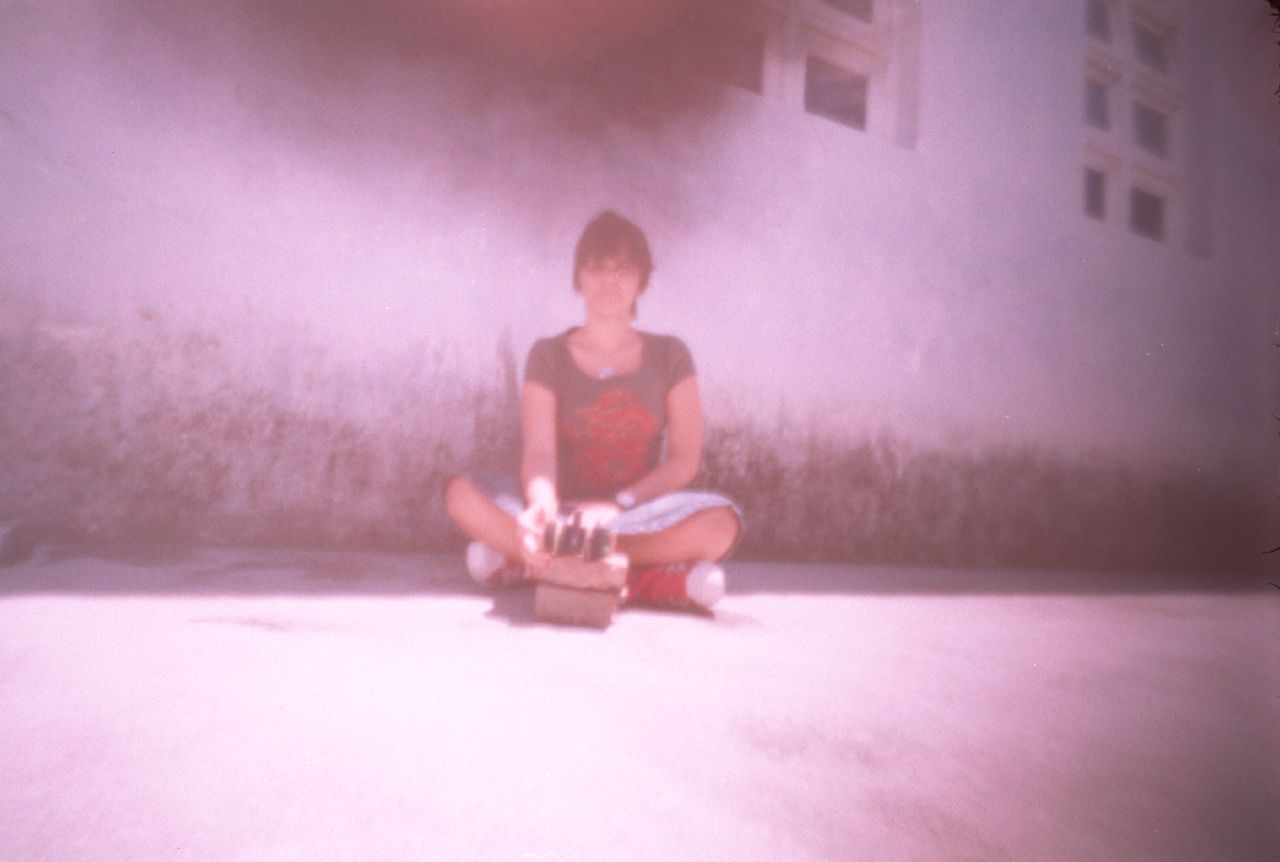 Modern Pinhole
Modern Pinhole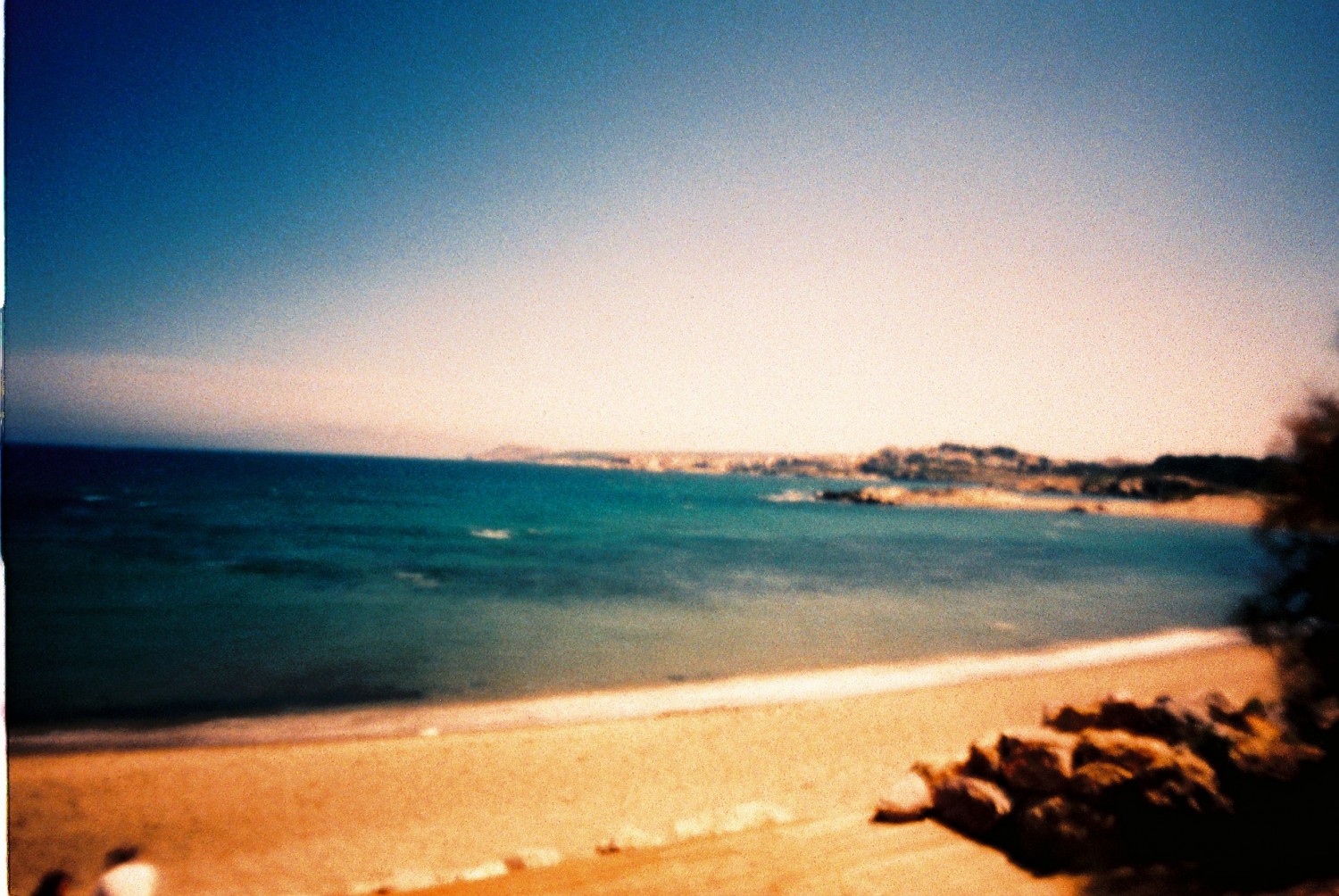 Pinhole
PinholeDaguerreotype
In 1839 Louis Jacques Mande Daguerre took the exposure time down from 8 hours to around 20 minutes, and managed to invent a process that prevented the resulting image from fading. Millions of daguerreotypes were to be made in the next few years documenting nearly every aspect of life. While not readily accessible to everybody yet, photography was becoming a normal part of life. Portrait studios began to spring up.
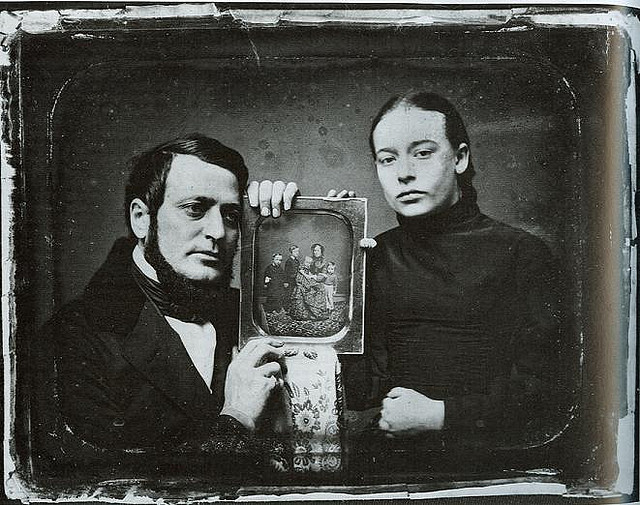 Daguerreotype
Daguerreotype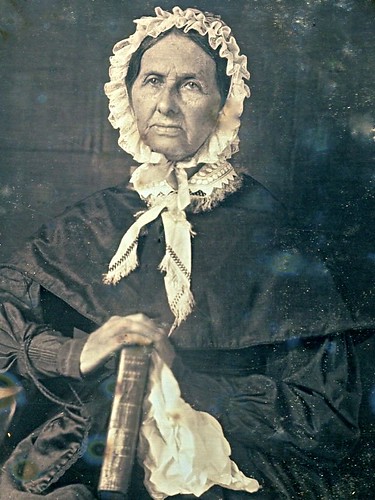 Older Woman with a Large Book, 6th-Plate Daguerreotype, Circa 1846, Detail
Older Woman with a Large Book, 6th-Plate Daguerreotype, Circa 1846, Detail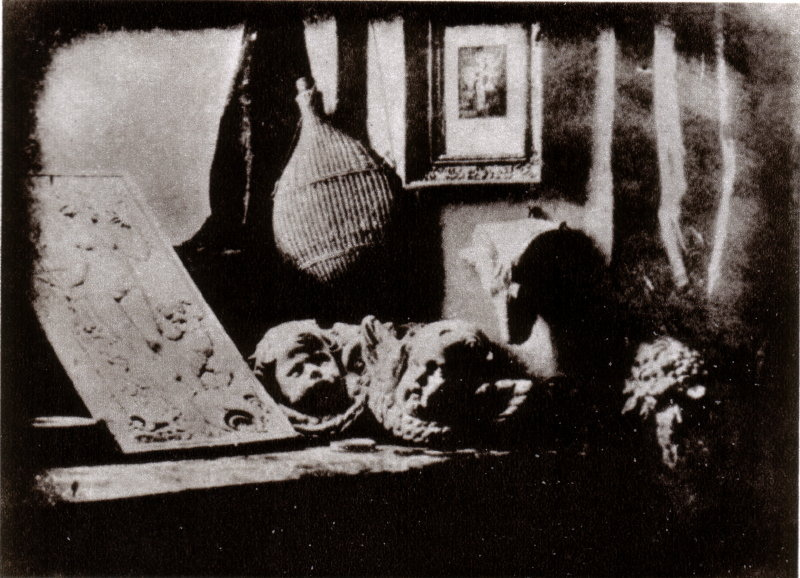 Daguerreotype
Daguerreotype Daguerreotype
Daguerreotype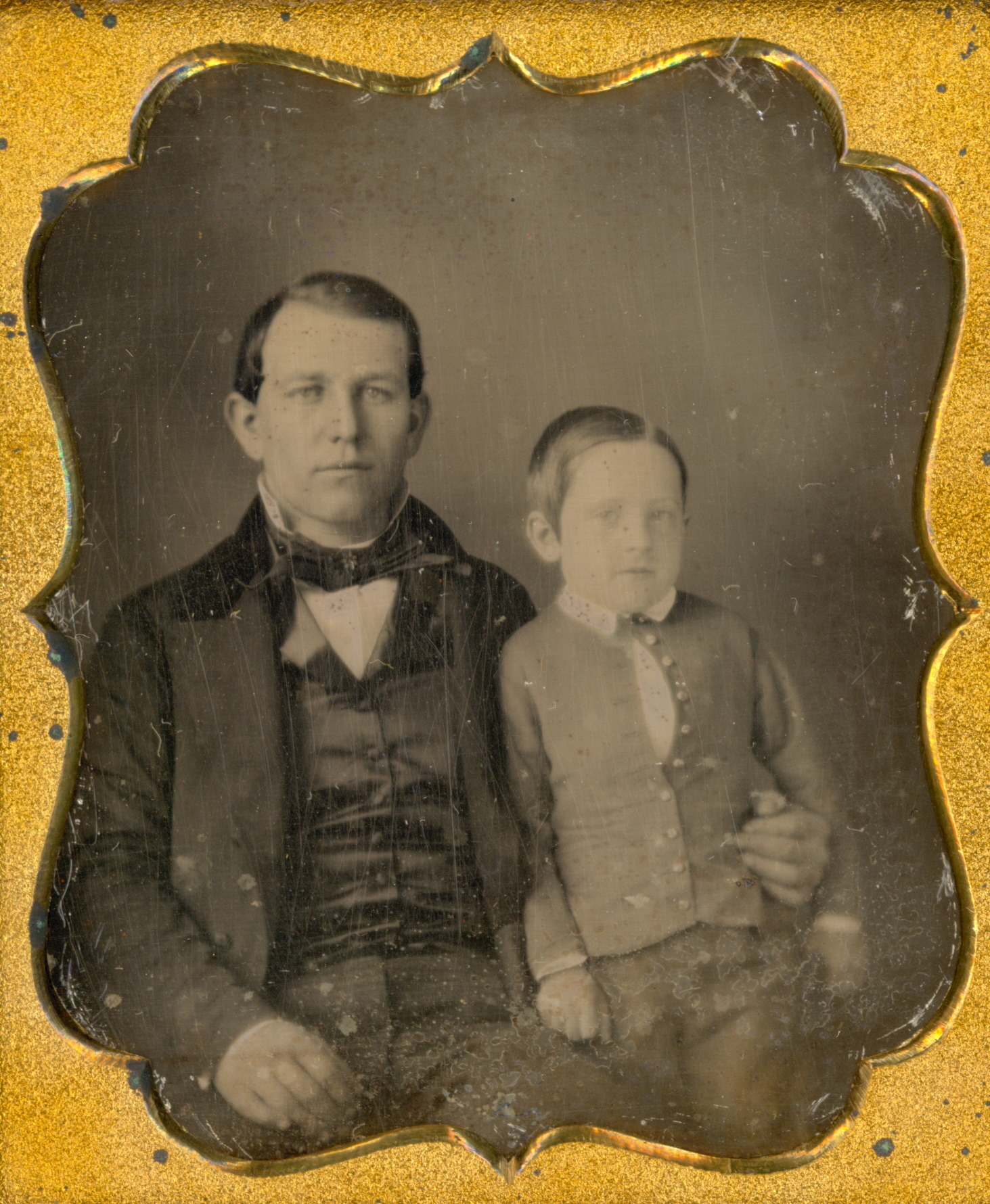 Daguerreotype
DaguerreotypeCalotype
Henry Fox Talbot, a contemporary of Daguerre, invented the first negative from which multiple positive prints were made. This process involved sensitizing paper to light with a salt solution and then exposing the paper to light. This resulted in a grayscale negative image from which positive prints could be made.
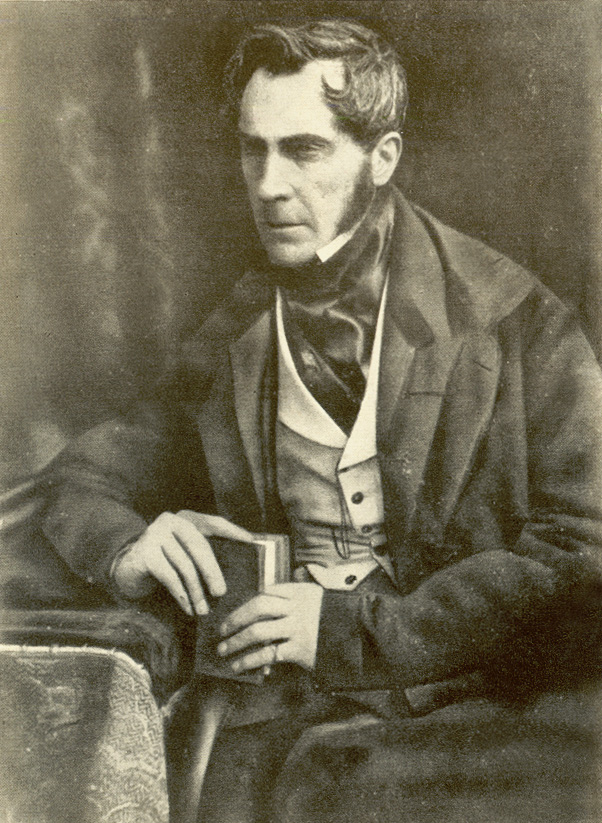 Calotype
CalotypeTintypes
The tintype, also called the melainotype or ferrotype was invented by Adolphe-Alexandre Martin, a french photographer, in 1853. However, the process was actually patented by Hamilton Smith and William Kloen in the United States in 1856.
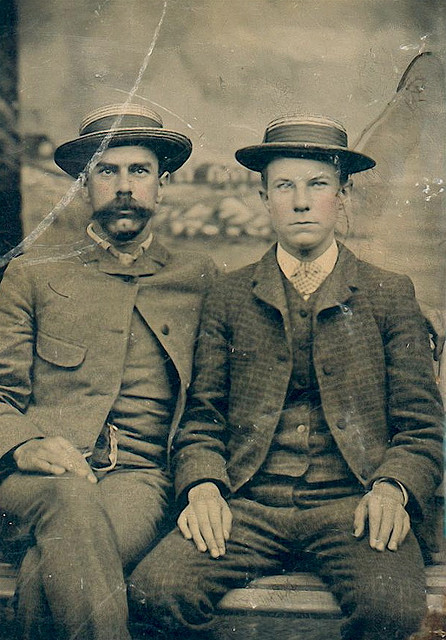 Tintype
TintypeTintype photographers typically worked outside at fairs, carnivals and on the street. The materials used in the tintype process were much less expensive than those used in previous photographic processes. Also, a photographer could produce a photo in only a few minutes, exposure and developing time included. Photographic processes up till this point took significantly longer.
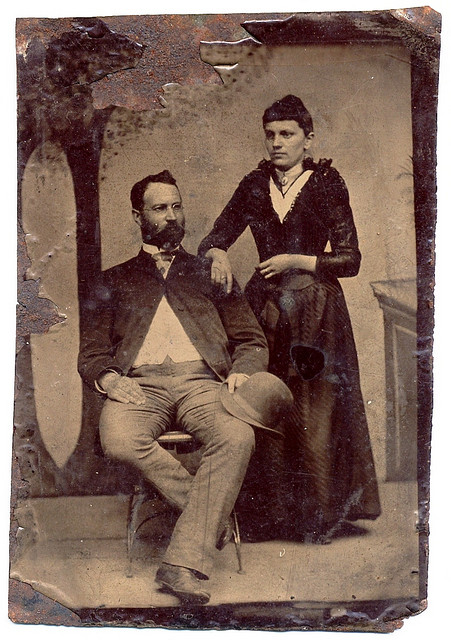 Tintype
Tintype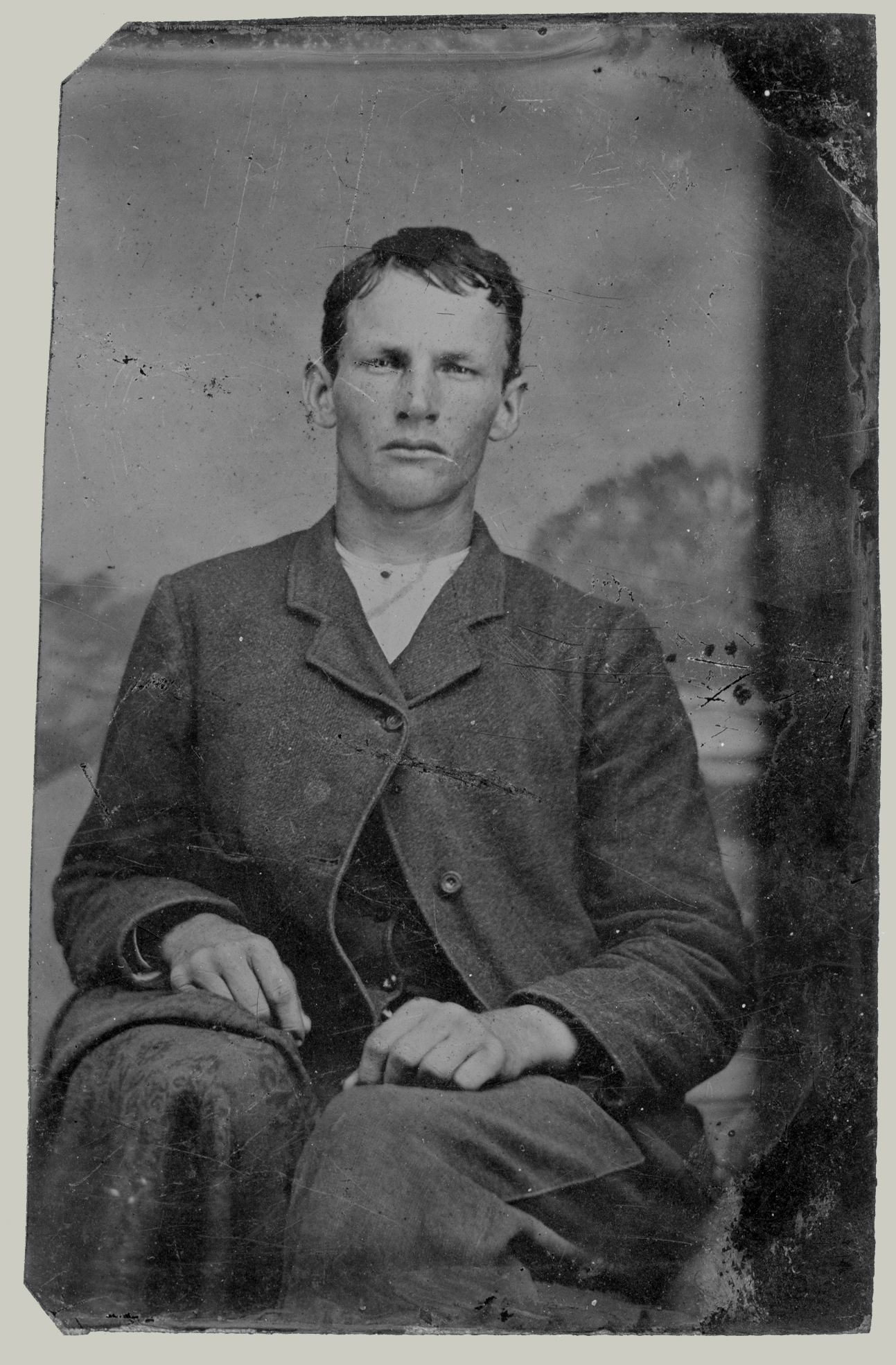 Tintype
Tintype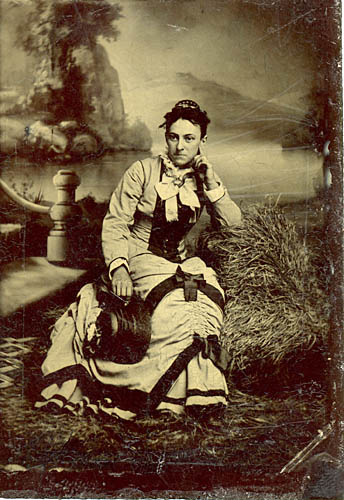 Tintype
TintypeCollodion Process or Wet Plate Negative
Frederic Scott Archer invented the Collodian process, or wet plate negative, in 1851. By the end of the 1850s it had almost entirely replaced the daguerreotype and remained the dominant photographic process until the 1880s, when it was largely replaced by gelatin dry plates.
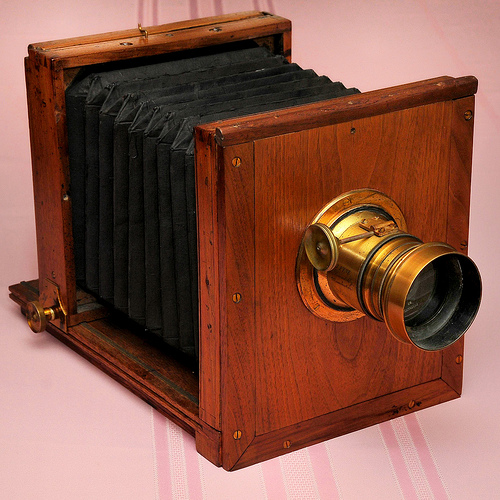 Wet Plate Camera
Wet Plate Camera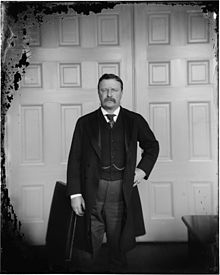 Theodore Roosevelt Collodion
Theodore Roosevelt CollodionThe wet plates had to be quickly developed before the emulsion dried, so photographers had to carry along not only their camera gear and glass plates but also a portable darkroom.
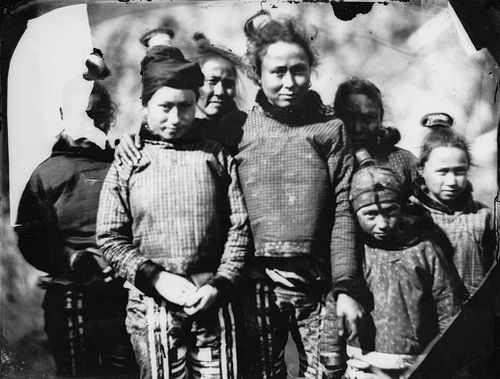 Collodion Process
Collodion ProcessDry Plate Negatives
Eastman Kodak invented the dry plate method in 1879, which was a substantial improvement over existing wet plate methods already in existence. Many of the issues involved in the wet plate process, such as longer exposure times, having to lug mobile darkrooms into the field and having to work quickly before the emulsified dried on the glass were all solved.
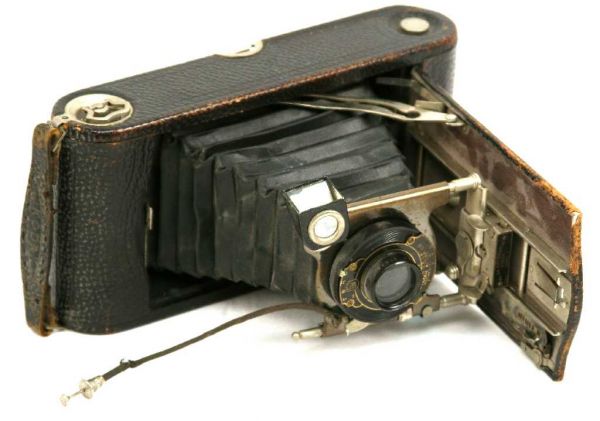 Antique dry plate Kodak camera
Antique dry plate Kodak cameraThe prints that resulted from the dry plate process lasted longer and were of better quality as well. 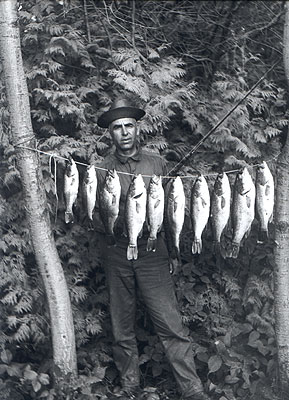
Flexible Roll Film
George Eastman advanced photography yet again with the invention of flexible roll film and the hand-held camera in 1889.
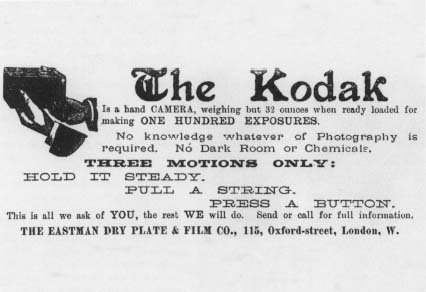 “Pull a String”
“Pull a String”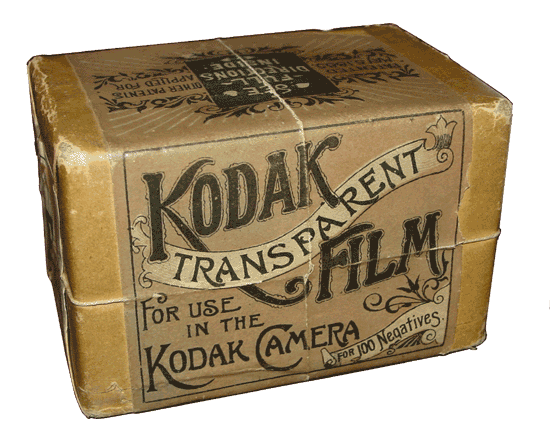 Kodak Film
Kodak FilmColor Film
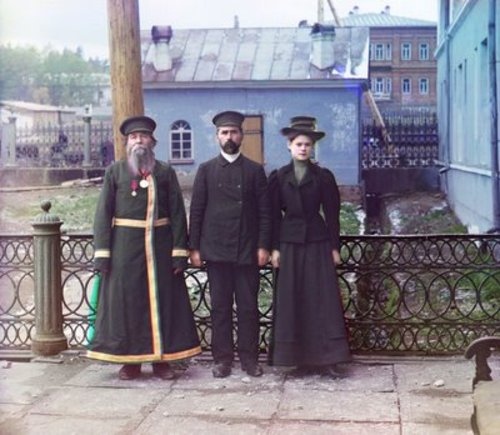 Early Color Photo
Early Color PhotoEarly attempts at color photography were dissapointing. In the 1840s experiments which were focused on finding a substance or process that would assume the color of the light hitting it were mostly failures. Although there was some minimal success, the very dim and faded image coupled with extremely long exposures (sometimes days) eventually halted further research in this direction.
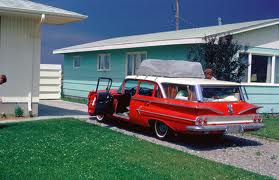 Kodachrome
Kodachrome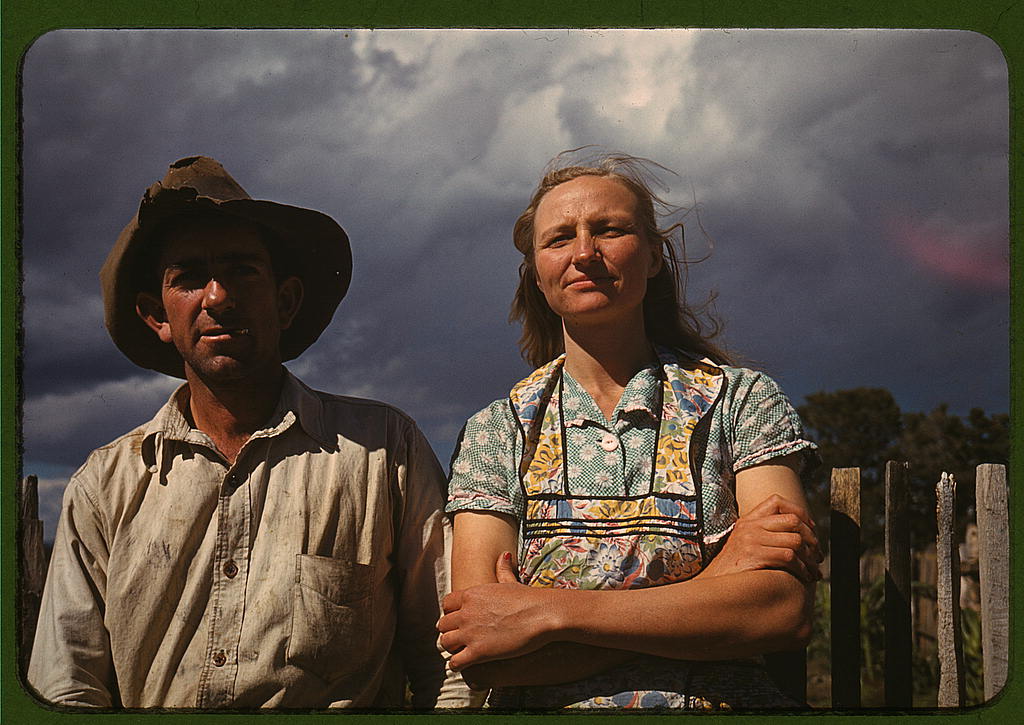 Early Color Photo
Early Color PhotoKodachrome came on the market in 1935 and in the early 1940s other color films began to flood the market. However, color film would remain significantly more expensive as well as harder to use until the 60s. By 1970, most families were using color film for casual snap-shots. By the 80s, black and white film had nearly disappeared from use by the average casual photographer but was still in use by pros who did their own darkroom processing.
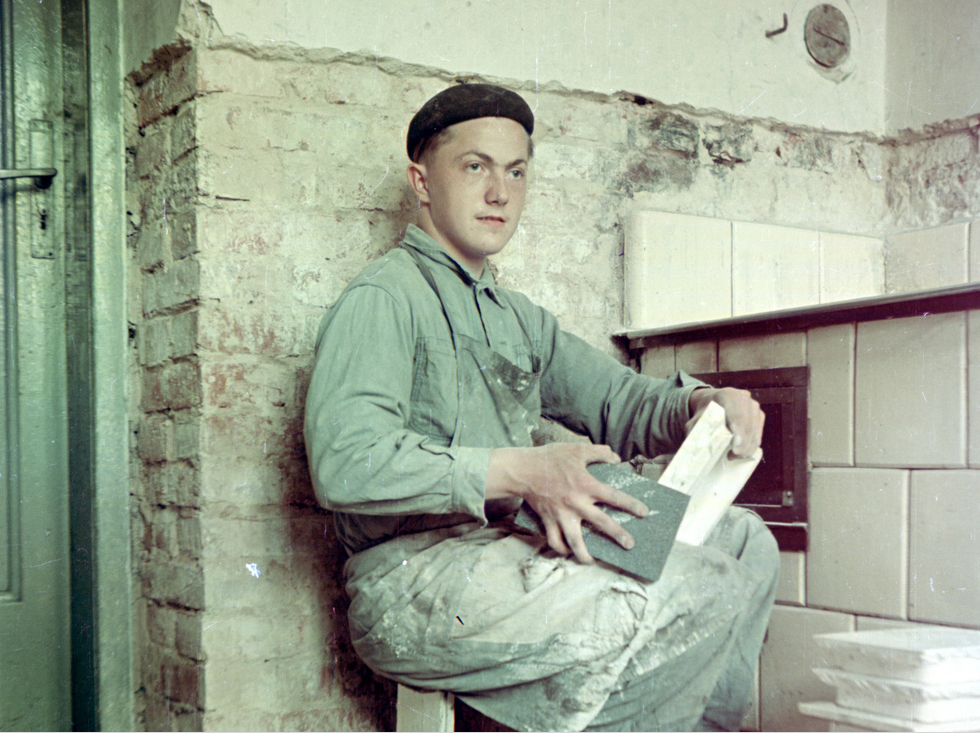 Agfacolor
Agfacolor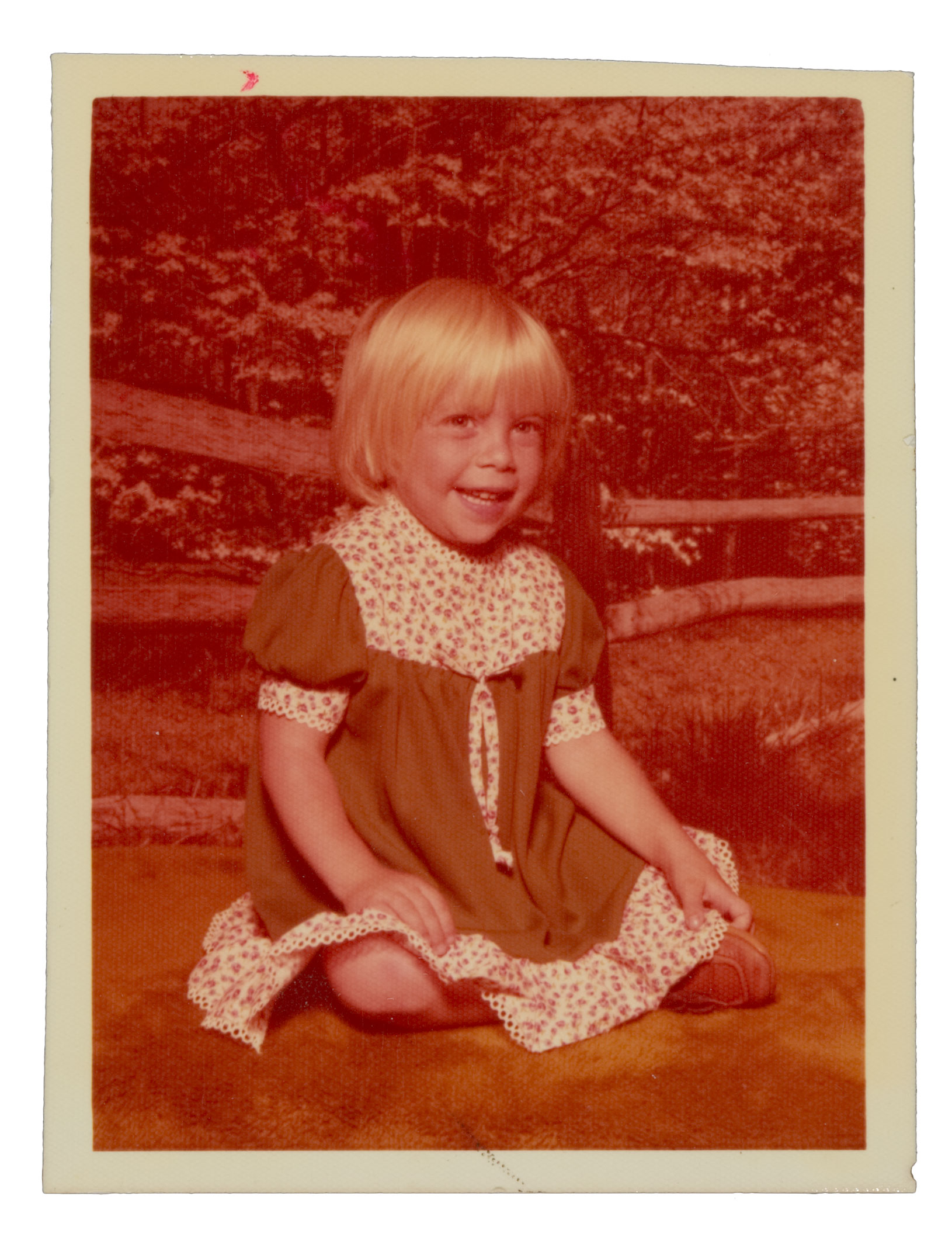 Faded Agfacolor 1970s
Faded Agfacolor 1970s Autochrome Lumière
Autochrome Lumière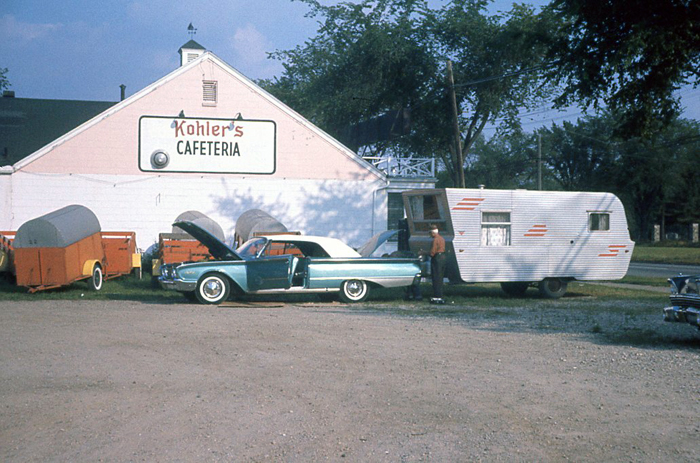 Ektachrome
Ektachrome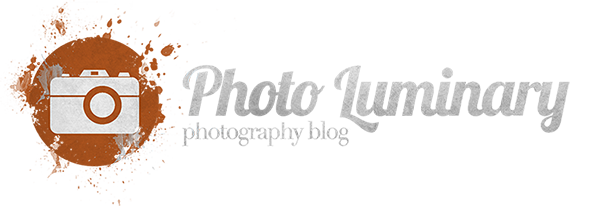


8 Responses to Past Photographic Processes and Free Huge Set of Vintage Film Lightroom Presets!